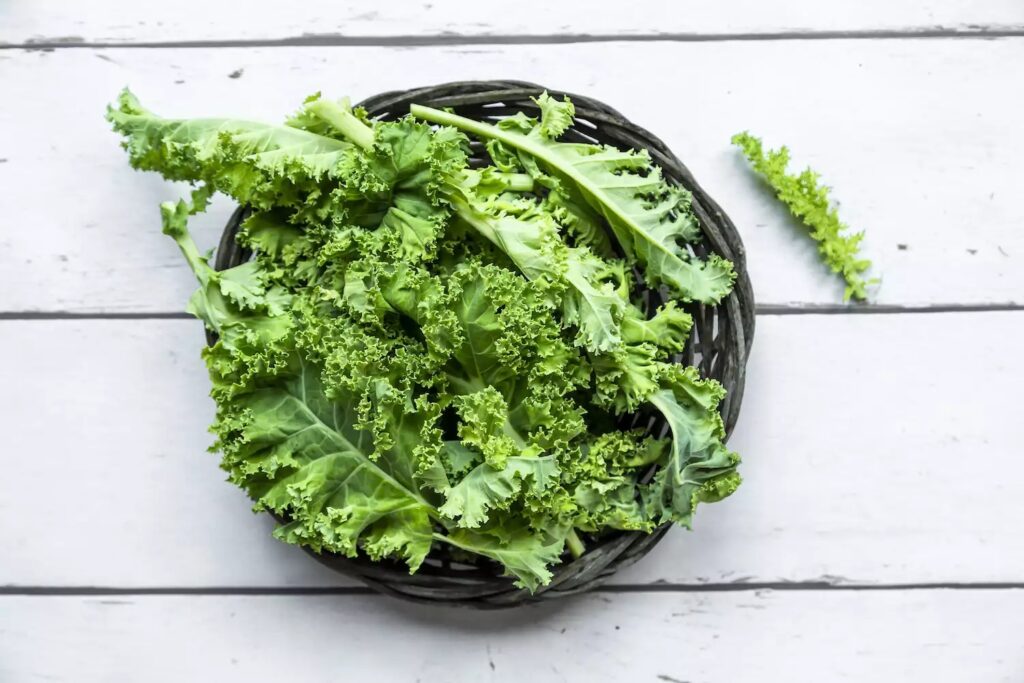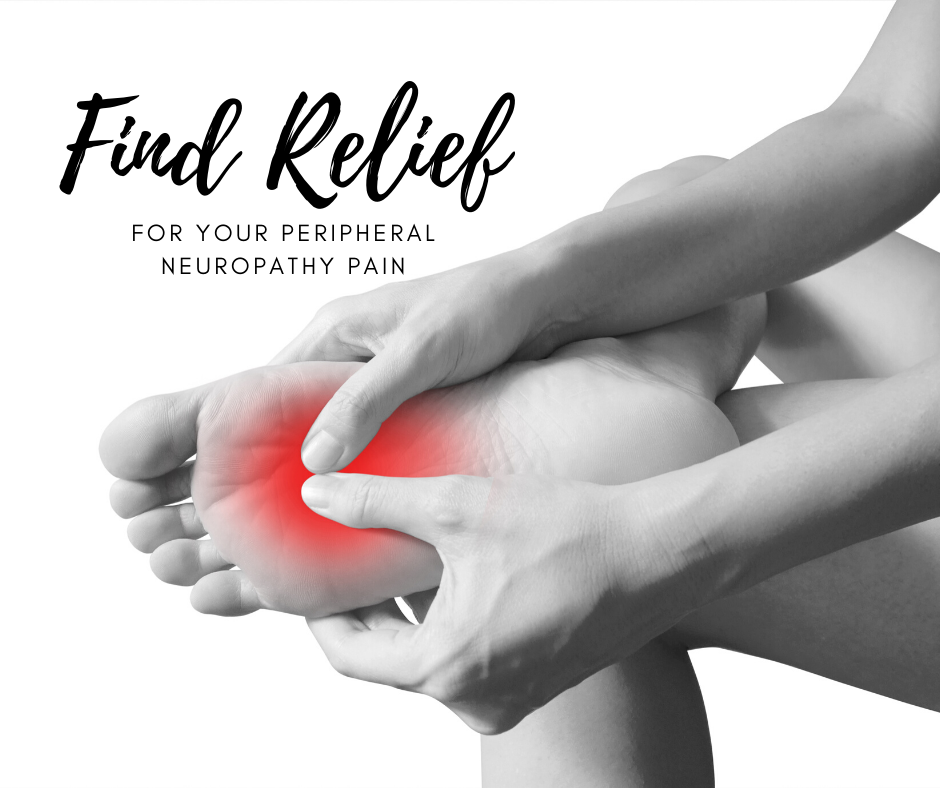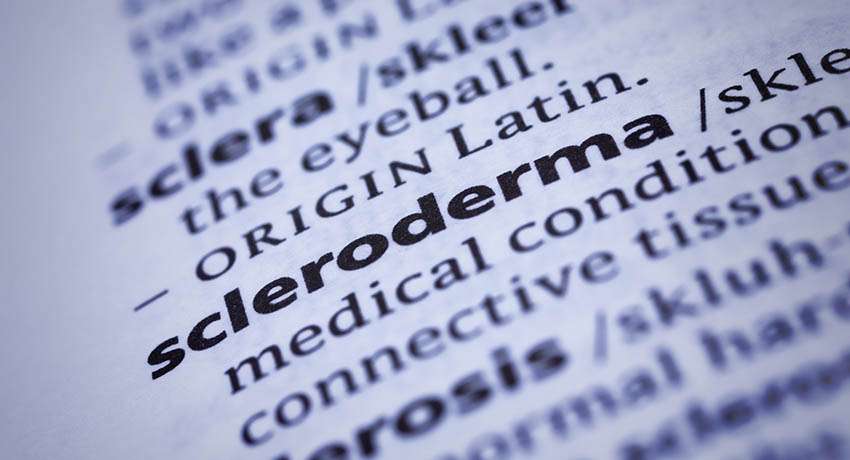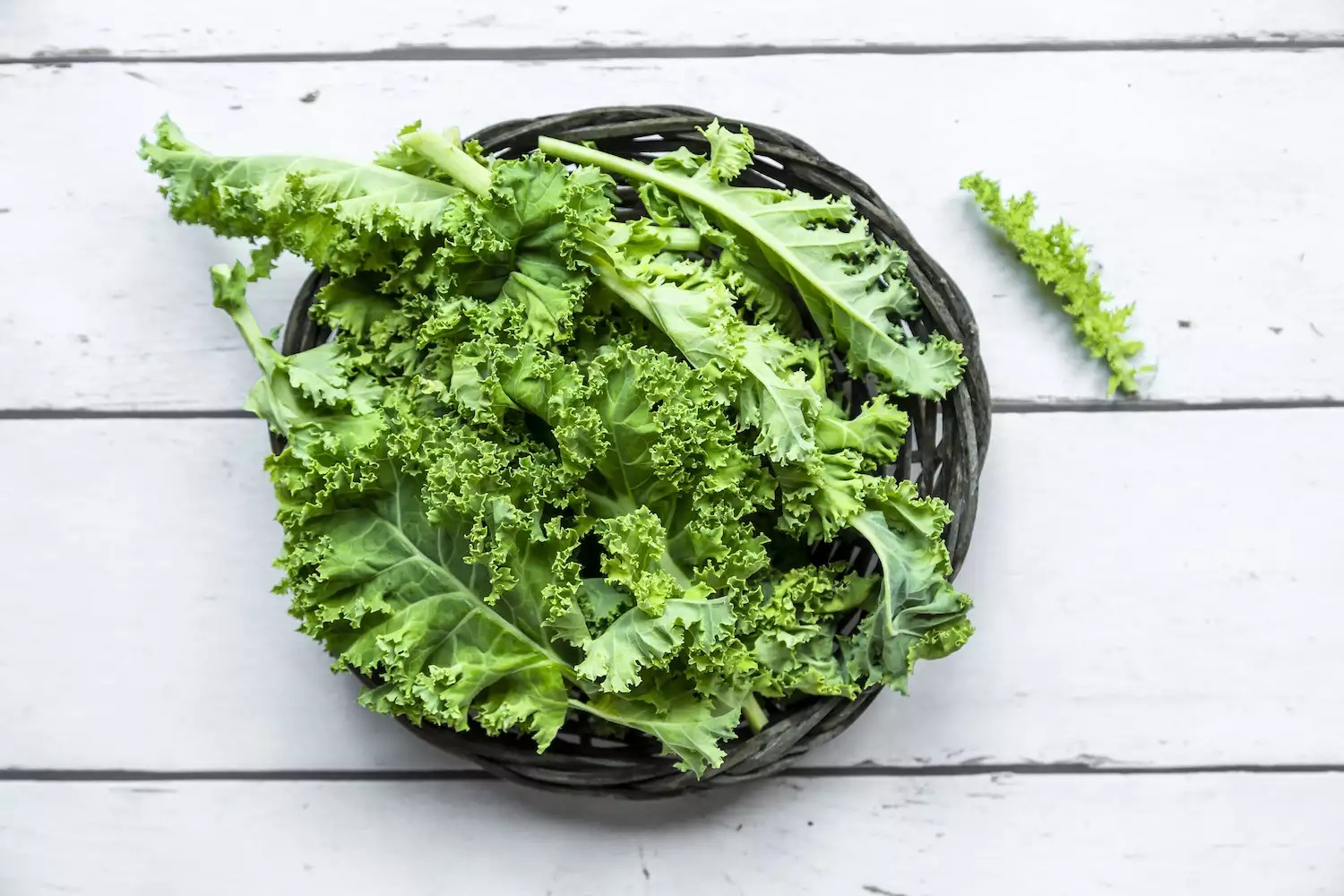
If you suffer from the autoimmune disease multiple sclerosis (MS), you may be considering the benefits of adopting the Wahls Diet.™ Many patients who simply want to improve their health are also integrating this diet into their daily routine. That’s based on how this diet takes advantage of the intricate connection of the foods you eat with health and quality of life.
At BioXcellerator, we know the potential of how stem cell therapy using mesenchymal stem cells (MSCs) in combination with an anti-inflammatory diet can help slow the progression of autoimmune and age-related diseases including multiple sclerosis (MS), rheumatoid arthritis (RA), Crohn’s disease, ulcerative colitis (UC), and others.
In this post, we’ll discuss the nature of the Wahls Diet,™ its various levels, and many health benefits of those who follow this diet.
What is the Wahls Diet™?
Dr. Terry Wahls originally designed this diet to help stay as healthy as possible after the onset of her secondary progressive multiple sclerosis (MS). Since then, word about the Wahls Diet™ has spread to thousands of other MS patients about the benefits of this diet as well as to many others on how it can improve the outcomes of other autoimmune diseases as well as delaying the effects of aging.
The Wahls Diet™ is the first level of The Wahls Protocol® – and a good introduction for people new to the diet. But it is also the foundation of other levels of the protocol, including Wahls Paleo™, Wahls Paleo Plus™, and Wahls elimination. The diet emphasizes excluding two foods that are most threatening to health in autoimmune disease patients – dairy and gluten.
Why Avoid Dairy and Gluten?
It’s essential to remove dairy and gluten for the diet for two reasons. First, these are poorly tolerated foods even with no overt symptoms. But food sensitivity can grow over time and cause increased gut permeability (aka “leaky gut”), which triggers the harmful activation of immune cells and inflammation.
The second reason is that dairy and gluten proteins are structured in a way that resembles self-proteins, specifically in the specifically the myelin in the brain. Immune cells become trained to remove such food proteins, and can mistakenly launch an attack on myelin instead, causing demyelination. This normally isn’t the case for those with a healthy immune system, but long-term damage and inflammation can lead to genetic changes that can impair normal immune function.
Wahls Diet™ Level 1
In addition to eliminating dairy and gluten, Wahls Diet™ calls for roughly 9 cups of vegetables daily. The vegetables are divided into divided into:
- 3 cups of leafy greens
- 3 cups of sulfur veggies, and
- 3 cups of deeply colored veggies and fruit.
This may seem like too much food for many people, but Dr. Wahls recommends reducing your overall food intake to align with your appetite.
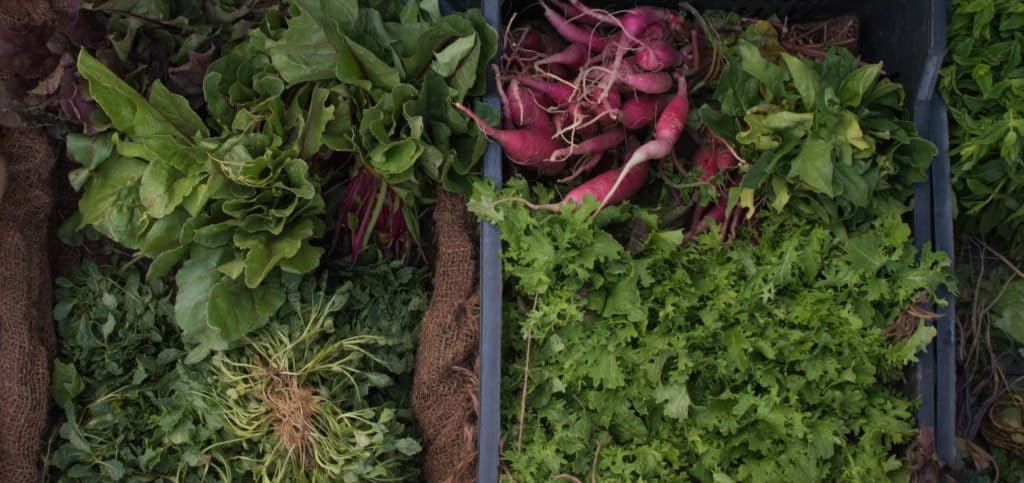
The Wahls Diet™ also encourages switching from conventional animal protein to those that come from organic, grass-fed, or wild-caught animals. This can reduce the consumption of toxins from environmental pollutants, including antibiotics, hormones, and pesticides that the animals might be exposed to.
If you’re vegan or vegetarian, you’re advised to consume a combination of organic legumes and gluten-free grains to make sure you consume the diverse range of amino acids that make a complete protein.
Wahls Paleo™: Wahls Diet™ Level 2
The Wahls Paleo™ diet is the next level of the Wahls Protocol®, and a continuation of the Wahls Diet™. In addition to eliminating dairy and gluten, and eating roughly 9 cups of vegetables, Wahls Paleo™ calls for a few more dietary changes:
- Reducing all gluten-free grains, legumes, and potatoes to a maximum of 2 servings per week.
- Adding enzyme-rich foods, including raw and fermented foods, as well as soaked nuts and seeds.
- Adding more mineral and nutrient-dense seaweed and organ meats.
Reducing gluten-free grains and legumes helps prevent a high carbohydrate load, which contributes to an increased risk of metabolic disorders, weight gain, and inflammation.
These foods also contain potentially harmful lectins and phytates, known as “anti-nutrients.” Lectins have been associated with increased autoimmune activity because the lectin protein structure closely resembles self-proteins. So, consuming them can lead to autoimmune reactivity in a process known as “molecular mimicry,” which causes the immune system to mistakenly target self-proteins.
Dr. Wahls suggests that you increase your consumption of non-starchy vegetables and meats as a substitute for grains, legumes, and potatoes to meet your appetite requirements and promote better health.
Nutrient-Dense Foods
Seaweed and organ meats contain a dense concentration of vitamins and minerals that are essential for the body. The best way to consume these nutrients is through food, not supplements, to improve absorption in the body.
Organ meats also contain high levels of nutrients such as coenzyme Q10 and B vitamins that help to power your mitochondria – the energy-producers of your cells.
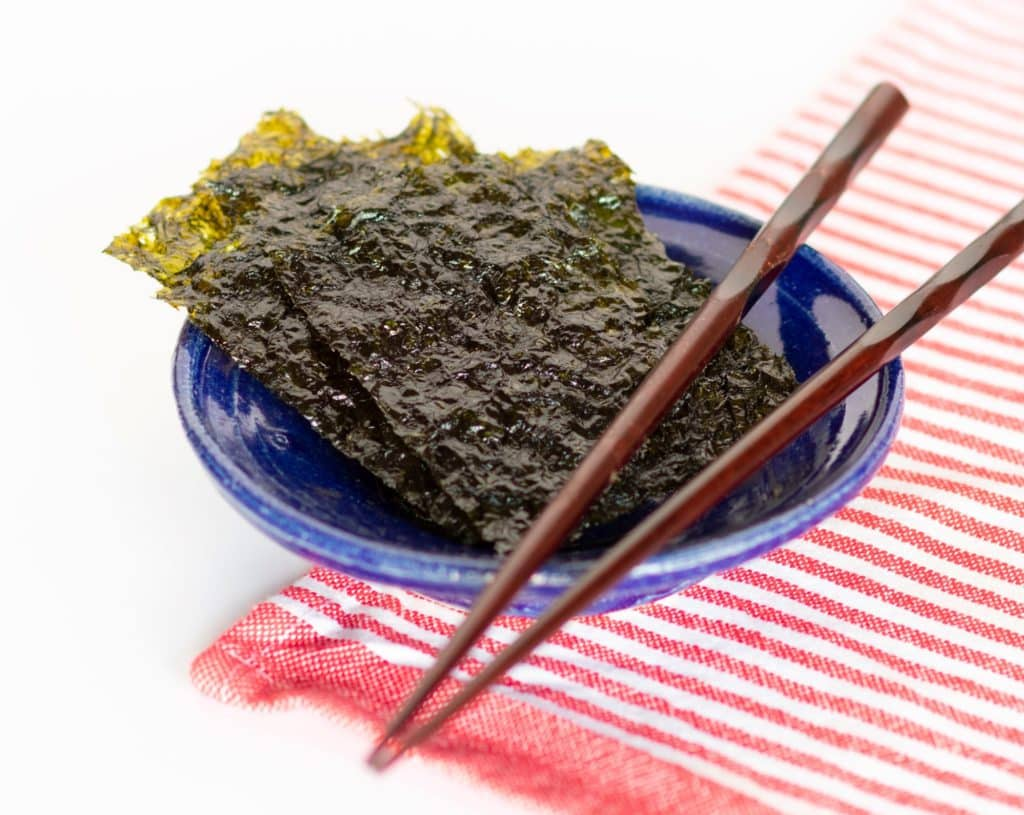
Enzyme-Rich Foods
Some people have a hard time digesting organ meat, but soaked nuts and seeds, as well as raw and fermented foods, are an excellent source of dietary enzymes. These enzymes promote healthy digestion, a key to reducing discomfort and inflammation and eliminating toxins.
Wahls Paleo Plus™: Wahls Diet™ Level 3
The third level of the Wahls Protocol® is Wahls Paleo Plus™. The objective of this level is to achieve and maintain ketogenesis – the metabolic process of your body using ketones (from fat) instead of sugars for energy.
To achieve ketogenesis, you eliminate all grains, legumes, cooked starchy vegetables, and fruit (except berries) from your diet. This is because carbohydrates from these foods are converted into sugars in the body to provide energy.
How to Achieve Ketosis?
Ketosis is the state of your metabolism when in ketogenesis, the process of burning ketones for energy. Ketones are formed from the breakdown of fats by the liver.
With the Wahls Paleo Plus™ diet, you reduce your intake of carbohydrates and increase your intake of healthy fats to achieve a state of ketosis. Increasing your intake of fats prevents your body from breaking down muscle for energy. These fats can include coconut oil, full-fat coconut milk, or olive oil, depending on your lipid profile.
Be sure to ask your doctor to check your triglyceride and cholesterol levels to determine the best type of fat for you to consume. For example, olive oil combined with time-restricted eating will be a healthier choice if you have higher lipid levels.
As you enter a state of ketosis, you’ll likely find that your appetite is reduced. If that’s the case, it’s okay to reduce your vegetable intake to 6 cups per day, and your protein intake to 6-12 ounces per day (or less if you’re more petite).
Time-Restricted Eating
The last step of Wahls Paleo Plus™ is to incorporate time-restricted eating to help your body use more energy on healing and to eliminate dysfunctional cells and other waste products. It’s suggested that you fast for at least 14 hours every day, which means you’ll be eating only once or twice a day.
This may seem difficult, but you won’t be as hungry on Wahls Paleo Plus™, and for many of those hours, you will be sleeping anyway!

Wahls™ Elimination Diet: Wahls Diet™ Level 4
The Wahls elimination diet can be started at any stage of the Wahls Protocol®. This diet is a temporary one because its goal is to eliminate specific foods and then reintroduce them to determine which causes your symptoms. It’s also often the most challenging level of the Wahls Protocol®, especially for families and younger children.
Dr. Wahls recommends starting this diet after implementing Wahls Diet™ and Wahls Paleo Plus™, because these levels of the Wahls Protocol® can often resolve many existing symptoms.
The elimination diet should be followed for a minimum of 100 days. A six-month regimen is recommended to give your immune system enough time to eliminate any memory it might have of the eliminated foods.
How Does the Elimination Diet Work?
When starting the Wahls™ elimination diet, it’s important to continue to follow your current Wahls Protocol® diet – whether it’s Wahls Diet™, Wahls Paleo™, or Wahls Paleo Plus™.
The additional restrictions for the Wahls™ elimination diet include eliminating:
- All nightshade vegetables and nightshade spices. This includes tomatoes, peppers, eggplant, potatoes (with the exception of sweet potatoes), and all pepper-based spices.
- All nuts, seeds, and seed spices (i.e. caraway, cumin, coriander, mustard, black pepper, etc.)
- Foods that are known to cause any symptoms for you.
After eliminating these foods for at least 100 days, you can start to gradually reintroduce one food per week.
Follow this procedure when reintroducing foods:
- Before eating, sit down for 5 to 10 minutes.
- Take your pulse for one minute and record your pulse rate.
- Eat a mouthful of food, making sure to chew thoroughly before swallowing.
- Take your pulse for one minute immediately after eating. If your pulse increased by 10 beats per minute or more, that indicates a bad reaction to the food, and you should eliminate it for another six months.
- If your pulse doesn’t increase, eat up to ¼ cup of the food, chewing completely before swallowing.
- Repeat step 4.
- If your pulse doesn’t increase, eat up to 1 cup of the food.
- Repeat step 4.
- If your pulse doesn’t increase, eat the food two or three more times that same day.
- As you continue to eat food over one week, observe your symptoms. Did you have any gut, skin, breathing, or any other physical symptoms? Did you have changes in mental health or brain fog? Any changes can indicate an adverse reaction, and you should stop eating the food for another six months. If all goes well, it’s safe to begin incorporating that food into your diet again one to three times per week, while staying alert to any changes in symptoms after eating it.
Tips to increase tolerance when reintroducing foods:
- The skin and seeds of nightshade vegetables contain the highest concentration of lectins. Remove the skin and seeds (i.e. using tomato paste or sauce) and cook with a high-pressure cooker.
- For nuts, legumes, and gluten-free grains, soak them for 6-24 hours and rinse and cook them in a high-pressure cooker because lectins (except gluten and casein) are denatured by pressurization.
Download Our Helpful Diet and Lifestyle guide
Learn more the Wahl’s Diet, or other ways to adopt a healthier diet to ease symptoms, delay the onset of disease, and live a healthier life by using nutrition to avoid excess inflammation and “help your body heal itself.”
Download our free Anti-inflammatory Diet and Lifestyle Guide
Dr. Terry Wahls – The Wahls Protocol®

